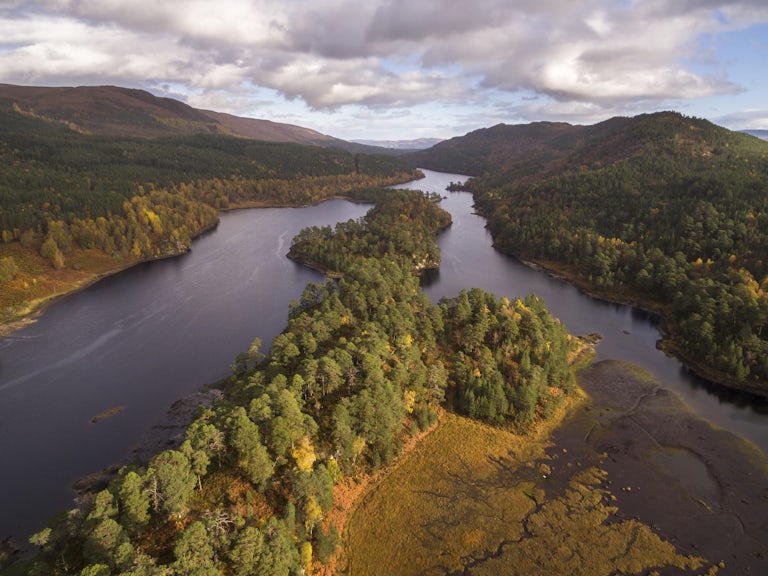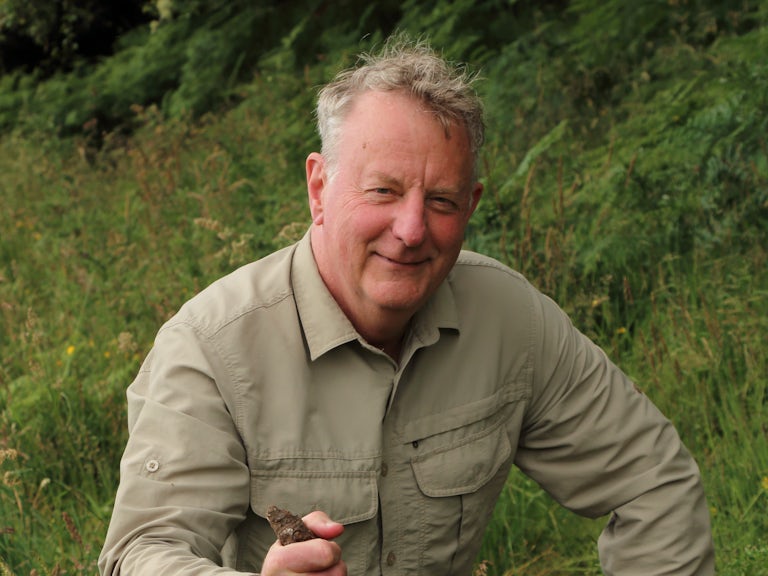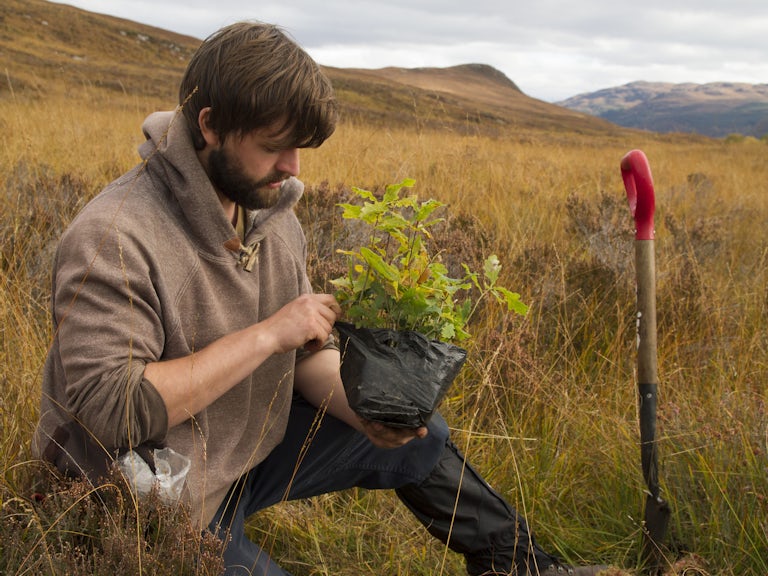Scotland's Natural Environment Bill needs a glow-up
Scotland’s Natural Environment Bill is an opportunity to set us on a path to a wilder future. Let’s not waste it, says Charlotte Maddix, Scotland Rewilding Policy and Advocacy lead.
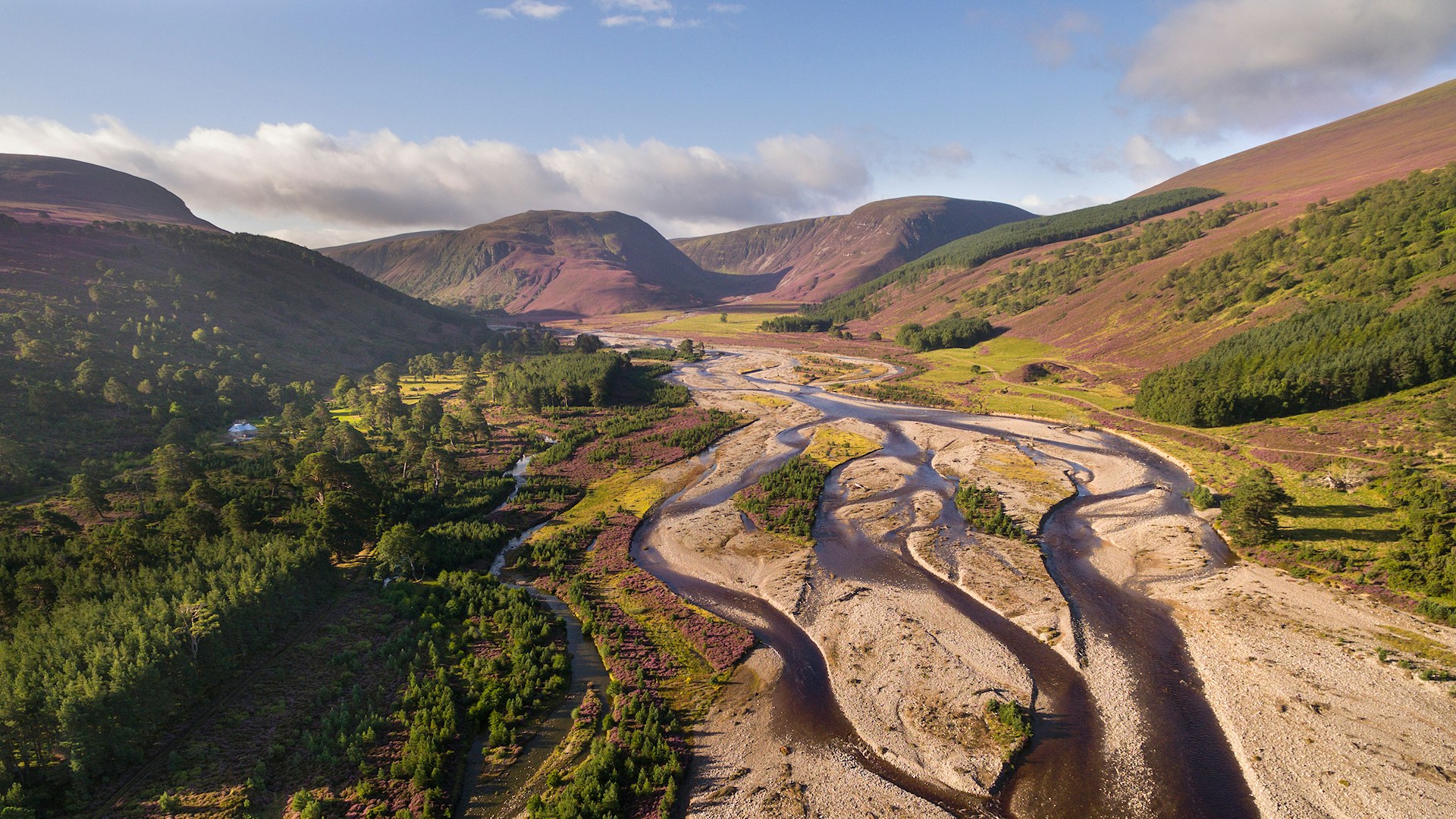
Published 09/07/2025
Our nature is not what it was. Nature depends on functioning natural processes. Large herbivores grazing freely. Predators munching on and leaving their kills. Pollinators moving from flower to flower. Rivers that ebb and flow across their floodplains.
We live in a nation of missing species and broken natural processes. Scotland is one of the most nature-depleted countries on Earth, ranked 212 out of 240 countries and territories for how much of its biodiversity remains.[1]
But we can turn the tide.
The good news…
The Natural Environment Bill is an ecologically coherent piece of legislation. Like its sibling bill in Wales, the Environment (Principles, Governance and Biodiversity Targets) Bill, it aims to establish legally binding targets for nature restoration based on a scientifically sound understanding of how nature functions.
It’s also a fantastic opportunity to embed rewilding into legislation. Rewilding is a story of hope, helping us tackle the nature emergency while delivering tangible benefits for people – including carbon storage, climate resilience, vibrant green economies, local jobs, flood mitigation, healthier air, cleaner water, richer soil and improved health and wellbeing. By putting in place clear targets for the large-scale restoration of Scotland’s nature, the government can send a clear message that nature matters.
Be a rewilding superhero
Ask your MSP to make rewilding a national priority.
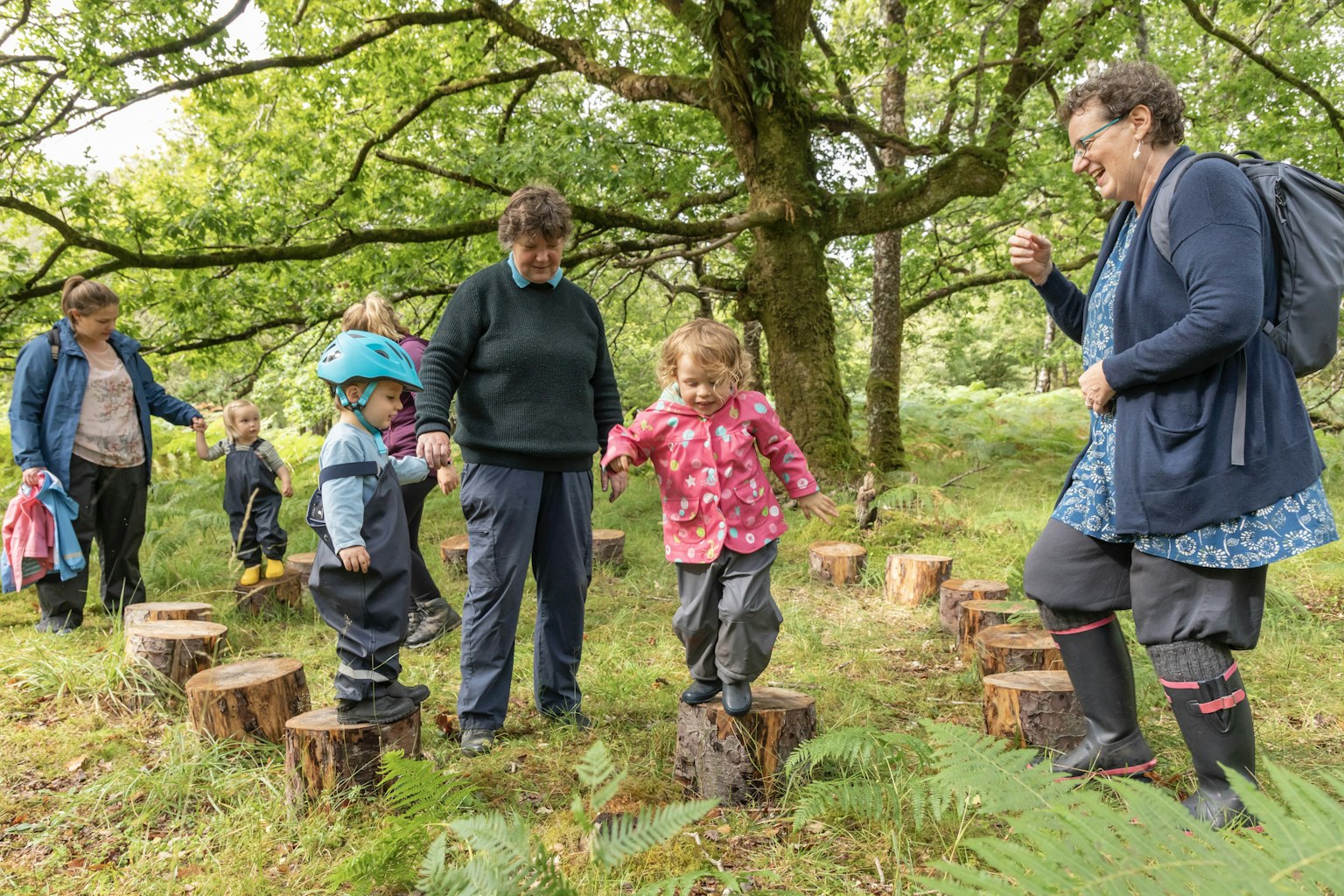
…And the bad
The bad news is that the actual targets will be left to an unknown post-2026 government to bring forward. Between now and then, an election stands in the way. The voices of those who think climate and nature are a sideshow will be amplified. Since the collapse of the Bute House Agreement and the decay of that administration’s policy programme, this government has picked its battles.
It inches forward on nature restoration, but shies away from the hardest conversations. It upholds the status quo and fails to offer a vision of a fairer and greener future for Scotland.
Look beneath the waters for how this plays out in practice. Restricting harmful fishing methods in our fragile marine ecosystems would lead to nature bouncing back and support more sustainable practices. But time has run out for this government to introduce vital protections for Scotland’s seabed.

How to government-proof the bill
Here’s seven key things we’d like to see.
- Put nature back where it belongs – in the heart of government. This government needs a nature minister to shepherd this bill through. And the next government will need a nature minister to shape the targets.
- Legally binding targets that bite. Targets must be clear, ambitious, time-bound and enforceable. No vague ambitions. No loopholes. And let’s make sure our marine ecosystems aren’t neglected – we need our coasts and seas recognised in the Bill.
- Scale. Scale. Scale. We need to restore Scotland’s land and seas at scale and at speed. Nature can recover, given the space to lead. It’s not enough to protect individual species while ecosystems collapse around them. We need targets for ecosystem health – the natural processes that support all life, including us. One simple target could boost Scotland’s ambitions – 30% of land and sea managed for nature recovery.
- Nature recovery in national parks. Our national parks could be leaders in nature recovery, pioneering new approaches that benefit people, nature and climate. Minor updates to park aims are not enough. Gifting our current national parks – and any future parks – a mission of nature recovery will unleash their potential and kickstart the return of nature at scale in parks.
- Let nature lead. Land that is protected for nature through statutory designations can create red tape for people looking to restore natural processes at scale. We need to update our statutory designations to make room for new ways of restoring nature at scale.
- Nature’s original deer manager. High deer numbers are damaging Scotland’s woodlands. We need to restore balance to the ecosystem. Updating old legislation – alongside trialling a National Deer Management Programme – will help. But we also need to look at nature-based solutions, like the return of a natural predator – the Eurasian lynx.
- Join the dots. The Land Reform Bill needs to connect with the Natural Environment Bill. Making sure nature recovery is front and centre in Land Management Plans, the documents that landowners will be required to publish, is a no brainer.
This Bill could be the spark that lights the way towards a wilder Scotland – but without clear ambition, stronger powers and political will, it will be extinguished before it has a chance to shine.
Stand up for nature
Thank your for acting wild.
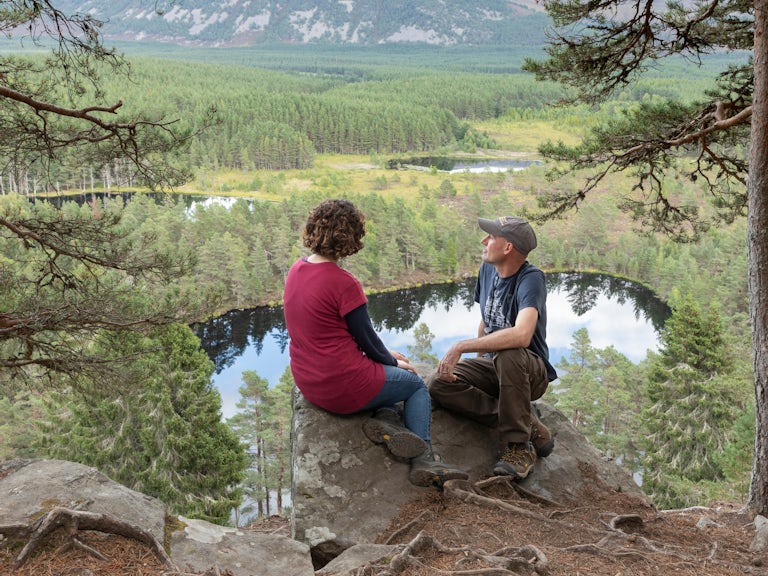
Push for change
Urge the Scottish Government to declare Scotland the world’s first Rewilding Nation.
Add your voice
Join the movement
Keep up to date with Rewilding Britain’s campaigns for change by joining our mailing list.
Sign up to our newsletter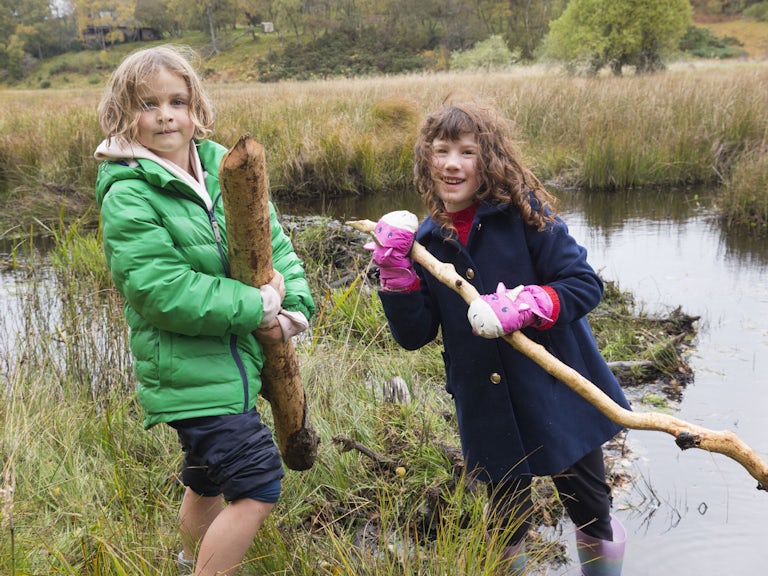
Community rewilding guide
Access this brilliant toolkit for Scottish communities, packed with practical tips, resources and real stories.
Get started- Natural History Museum, Biodiversity Intactness Index
